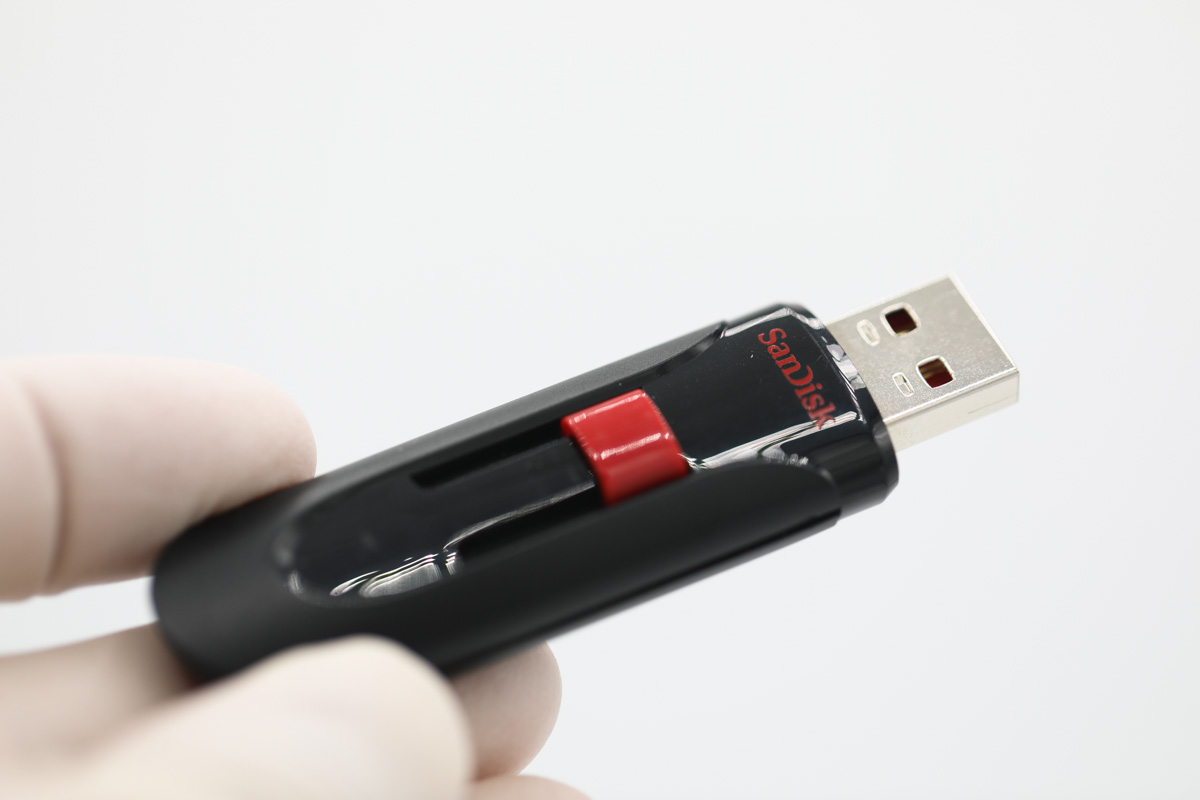Corrupted flash drives or USBs can be a nightmare, especially when they contain valuable data you can’t afford to lose. Whether it’s cherished photos, essential work documents, or a term paper that took weeks to complete, losing such data to corruption can be devastating.
This blog post will guide you through recovering a corrupted USB drive, providing step-by-step instructions and helpful tips to retrieve your precious data and restore your flash drive to working order.
What is a Corrupted USB Drive?
A corrupted USB drive is a storage device that has experienced a technical malfunction, rendering some or all of the data stored on it inaccessible. Causes for this can vary, ranging from improper removal of the USB device, damage to the file system, and virus attacks to physical damage. Understanding the nature of the corruption can aid in data recovery and potentially prevent future data loss.
Causes of USB Drive Corruption
- Physical Damage. USB flash drives are susceptible to physical damage, such as drops, water damage, or exposure to extreme temperatures. Physical damage can cause the internal components of the USB flash drive to malfunction, leading to data loss or corruption.
- Malware and Virus Infections. Malware can be transmitted through infected computers, networks, or email attachments. Virus infections can corrupt files and damage the file system on USB flash drives.
- File System Errors. File system errors can occur due to software bugs, user errors, or hardware malfunctions. These errors can cause the file system on the USB flash drive to become corrupted, leading to data loss.
- Overuse. Overuse of the USB flash drive, such as repeatedly unplugging and plugging the device, can cause the device to wear out and fail. This can lead to data corruption and loss.
Signs of USB Flash Drive Corruption
Inaccessibility. If the computer no longer recognizes the USB flash drive or you cannot access the files on the device, this may indicate that the device has become corrupted.
Slow Performance. When the USB flash drive takes longer than usual to load files or transfer data, this may be a sign of file system errors or data corruption.
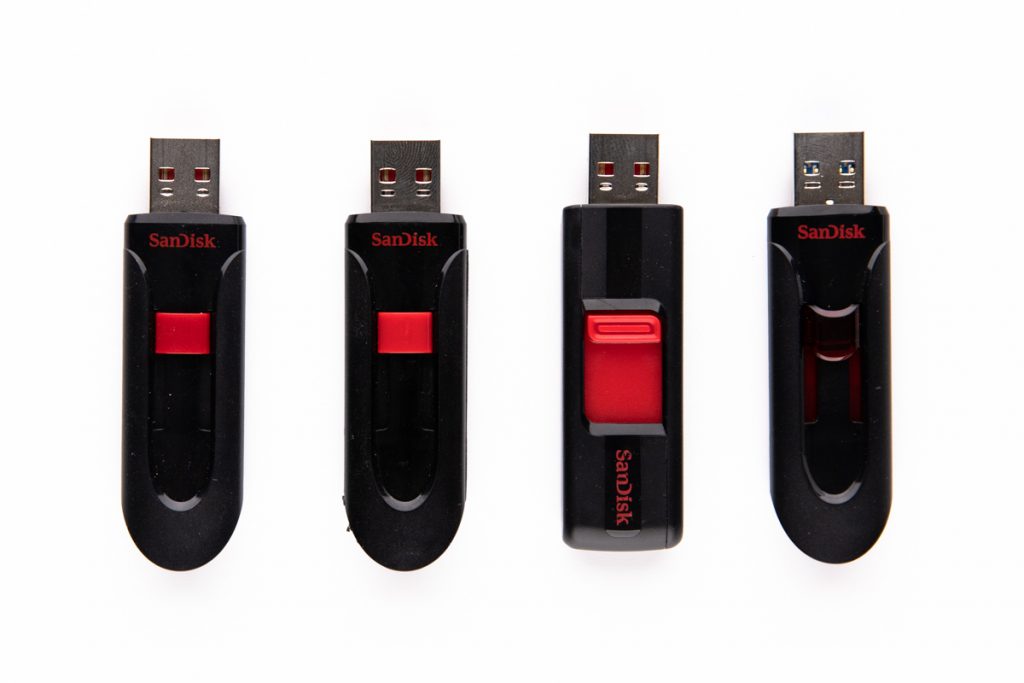
File System Errors. In case you receive error messages when trying to access or transfer files from the USB flash drive, this may indicate that the file system has become corrupted.
Data Loss. If files on the USB flash drive have become corrupted or lost, this may indicate that the device has become corrupted. It is important to note that data recovery may still be possible in some cases.
File and Folder Name Changes. When the names of files and folders on the USB flash drive have changed, this may indicate that the file system has become corrupted. This may also be a sign of malware or virus infections.
How to Check if Flash Drive is Corrupted
Corrupt USB drives often exhibit symptoms such as error messages when trying to access files, inability to open files, or even unrecognized by the computer. These issues are indicators that there might be a problem with the drive, which could be related to corruption, and immediate action should be taken to prevent further data loss. Now, let’s look at how to check for USB corruption.
Physical Inspection
The first step in checking if a USB drive is corrupted is to inspect the device physically. Check for any visible signs of physical damage, such as cracks or dents, as this can indicate that the device has been damaged and may be corrupted.
Test the USB Drive on Another Computer
If your computer does not recognize the USB drive, try connecting it to another computer to see if it is recognized. If the USB drive is recognized on the second computer, this may indicate that the USB port on your computer is not functioning properly rather than the USB drive being corrupted.
Check the File System
You can check the file system of a USB drive without using software by accessing the properties of the USB drive on your computer. To do this, right-click on the USB drive in File Explorer and select “Properties.” On the “Properties” window, select the “Tools” tab and click on “Check.”
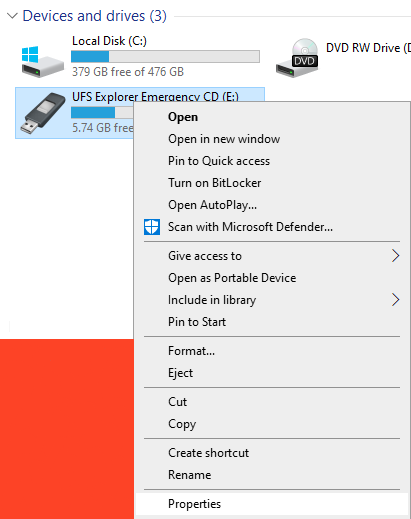
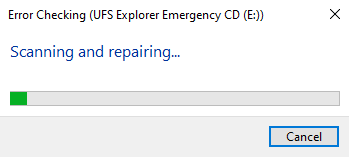
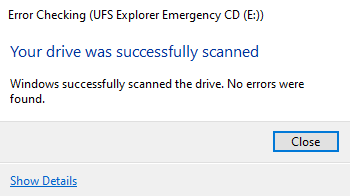
Try to Open Files on the USB Drive
Attempt to open files on the USB drive to see if they are accessible. If you encounter any error messages or if files do not open properly, this may indicate that the USB drive is corrupted.
Check the Size of the USB Drive
Check the size of the USB drive to ensure that it matches the capacity of the device. If the size of the USB drive is smaller than expected, this may indicate that the device has been corrupted and some data may have been lost.
Recover Corrupted USB Drive with PITS
PITS Global Data Recovery Services is a company that provides expert data recovery services for a wide range of storage devices, including corrupted flash drives. We understand the frustration and anxiety of losing important data due to a corrupted storage device. Our company is committed to providing our clients with the highest quality of recovery services.
Our team of technicians has years of expertise in recovering data from all types of flash drives, regardless of the cause of the corruption. We use the latest recovery tools and techniques to ensure the highest possible success rate for data recovery.
We start our data recovery process by performing an evaluation of the flash drive to determine the extent of the damage and estimate the cause of the corruption. This scan process helps us develop an effective data recovery plan tailored to the client’s specific needs.
Once we have identified the cause of the corruption, we perform physical and logical repairs as needed to restore the device to working order. This may involve replacing damaged components or repairing file system corruption.
Advantages of Choosing Our Corrupt USB Flash Drive Recovery
Once the device is repaired, we use specialized techniques to recover important files from the flash drive. This includes retrieving data from bad sectors and reconstructing corrupted data.
Throughout the data recovery process, we strongly emphasize quality control to ensure that the data is complete and accurate. We also verify that the data is in the format and structure that the client needs.
Our restoration company realizes that time is of the essence when it comes to recovery, which is why we offer emergency services for urgent cases. We also provide regular updates to our clients throughout recovery so they always know what to expect.
At PITS Global Data Recovery Services, we are dedicated to delivering the highest level of recovery service. Our team is available 24/7 to answer any questions and assist in the data recovery process.
USB drive corruption is a common problem that can occur due to various reasons. While losing important data due to corrupted flash drives can be frustrating, there is a reliable way to restore your valuable data.
If you experience USB drive corruption, PITS Global Data Recovery Services is available to provide expert data recovery services for corrupted flash drives. With our assistance, you can restore your lost data and return to using your USB drive confidently.
Get in touch with us today by filling in the form below. We will gladly help you recover your corrupted flash drive.
Frequently Asked Questions
Can all corrupted USB drives be fixed?
While many corrupted USB drives can be repaired using the abovementioned methods, it might not always be possible because of severe physical damage or extensive file system corruption. In such extreme cases, professional data recovery services may be required.
How can I avoid USB drive corruption?
To prevent USB drive corruption, it’s crucial to remove the USB drive from your computer safely, keep it safe from physical damage, avoid using it on infected systems, and regularly back up important data.
What are the common signs of a corrupted USB drive?
Common signs include error messages when accessing files, inability to open files, and the computer failing to recognize the USB drive.
Can a virus corrupt a USB drive?
Yes, viruses or malware can infect and corrupt a USB drive. Make sure your antivirus software is up-to-date and run regular scans on your USB drives.
Is the data lost on a corrupted USB drive recoverable?
In many cases, data from a corrupted USB drive can be recovered using professional data recovery services.
